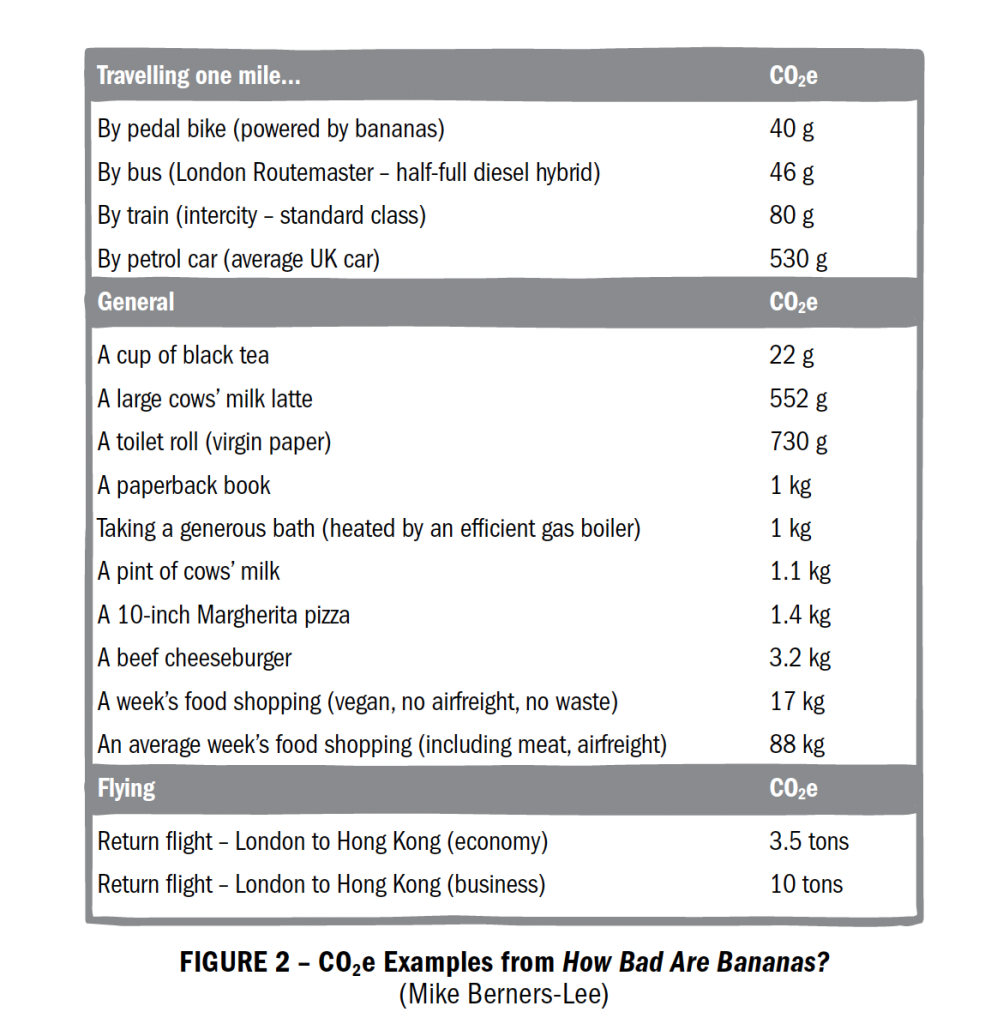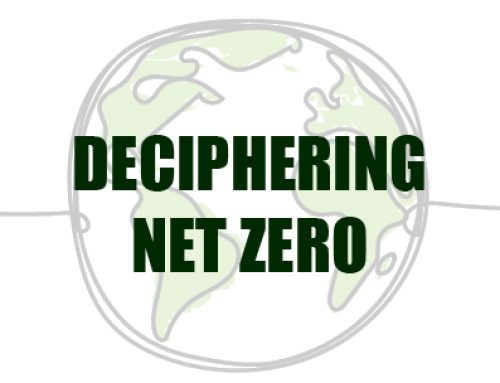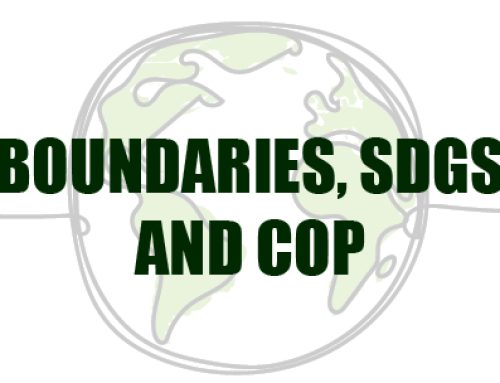Climate change refers to long-term shifts in temperatures and weather patterns. These shifts may be natural, such as through variations in the solar cycle. But most recently, human activities have been the main driver of climate change.
- Fossil fuels – coal, oil and gas – are by far the largest contributor to global climate change, accounting for over 75% of global greenhouse gas emissions and nearly 90% of all carbon dioxide emissions. As greenhouse gas emissions blanket the earth, they trap the sun’s heat. This leads to global warming and climate change. The world is now warming faster than at any point in recorded history. Warmer temperatures over time are changing weather patterns and disrupting the usual balance of nature. This poses many risks to human beings and all other forms of life on earth. United Nations, Causes and Effects of Climate Change
- Greenhouse gases are at a 4.5 million-year high. Antarctica loses an Everest of ice every year. The homes of 200 million people will be below sea level in 70 years. Deserts are growing. Fires are becoming more frequent. Dangerous diseases are on the move. National Geographic, Facts That Bring Home The Reality Of Climate Change
- The impacts of climate change will disrupt the natural, economic and social systems we depend on. This disruption will impact global food security, damage infrastructure and jobs, and harm human health. These impacts are unevenly distributed around the world, with some countries facing far greater risks than others. However, ALL countries, communities and companies will feel the effects of climate change. Grantham Institute, Imperial College London
- There are two numbers you need to know amount climate change. 51 billion is how many tons of greenhouse gases the world typically adds to the atmosphere every year. Zero is what we need to aim for to stop the warming and avoid the worst effects of climate change. There is no scenario in which we keep adding carbon to the atmosphere and the world stops getting hotter. The hotter it gets, the harder it will be for humans to survive, much less thrive. One fifth of carbon dioxide emitted today will still be there in 10,000 years. Bill Gates, How To Avoid A Climate Disaster
- We are not equally liable for the mess we find ourselves in. The richest 10% of the world’s population emit 50% of carbon pollution into the atmosphere. The poorest 3.9 billion have contributed just 10%. Mark Maslin, How To Save Our Planet
- A 10-ton lifestyle is a suggested working target for the amount of CO2e* an average UK household should contribute per year. This however would not meet the Paris Agreement objective of 2.1 tons per individual by 2050. As it currently stands the ‘average’ global citizen has a footprint of 4.5 tons, with Americans at 19.8 tons and Bangladesh at 0.29 tons. Mike Berners-Lee, How Bad Are Bananas?
CO2 is shorthand for carbon dioxide. It is one of the seven major greenhouse gases that contribute to climate change. Carbon dioxide exists naturally in the earth’s atmosphere, but human activities since the industrial revolution have increased it to unsafe levels. More carbon dioxide in the atmosphere traps more heat that would otherwise be able escape into space. It is this that has warmed our planet, causing climate change.
CO2e is shorthand for carbon dioxide equivalent. This covers all greenhouse gas emissions that contribute to climate change, including carbon dioxide (CO2), methane (CH4), nitrous oxide (N20), and refrigerant gases like hydrofluorocarbons (HFCs). Some of these cause more global warming than others. Using CO2e makes it easy to compare the impact of a range of activities.
Here are some estimated examples from Mike Berners-Lee, How Bad Are Bananas?






Leave A Comment
You must be logged in to post a comment.